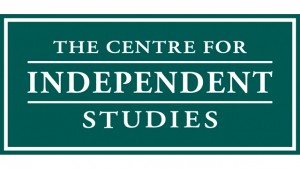Home » Commentary » Media Release » Tax Expenditure Statement: handle with extreme care
· MEDIA RELEASE
 If the past is any guide, the annual Tax Expenditures Statement (TES) for 2017 released by the Treasury last Thursday will again be misinterpreted and misused as a revenue-raising policy menu by those with big spending and income redistribution ambitions, Centre for Independent Studies economist Robert Carling says.
If the past is any guide, the annual Tax Expenditures Statement (TES) for 2017 released by the Treasury last Thursday will again be misinterpreted and misused as a revenue-raising policy menu by those with big spending and income redistribution ambitions, Centre for Independent Studies economist Robert Carling says.
The Treasury has made some changes this year to discourage misuse, but the changes are not fundamental. The TES should still be labelled ‘handle with extreme care’.
Most importantly, the core estimates continue to be based on the comprehensive income tax benchmark. For example, the potential revenue from taxing capital gains on the sale of family homes is based on full income tax rates applied to full nominal gains.
The TES recognises the comprehensive income tax benchmark may not be the best one to use in some cases. This year the Treasury illustrates the effect of using a different benchmark by estimating superannuation tax concessions under a different (expenditure tax) benchmark. The result is a one-year figure $28.7 billion lower than that under the comprehensive income tax benchmark.
The Treasury comments that “there are reasonable arguments for both the comprehensive income tax benchmark and the expenditure tax benchmark.” The Henry tax review of 2010 went further and stated bluntly that “comprehensive income taxation … is not an appropriate policy goal or benchmark.”
There are many other reasons the tax expenditure estimates should be handled with extreme care, but the controversy surrounding appropriate benchmarks should be enough on its own to discourage users of the TES from quoting huge revenue estimates to justify changes in concession policies.
Robert Carling is a Senior Fellow at the Centre for Independent Studies
Tax Expenditure Statement: handle with extreme care